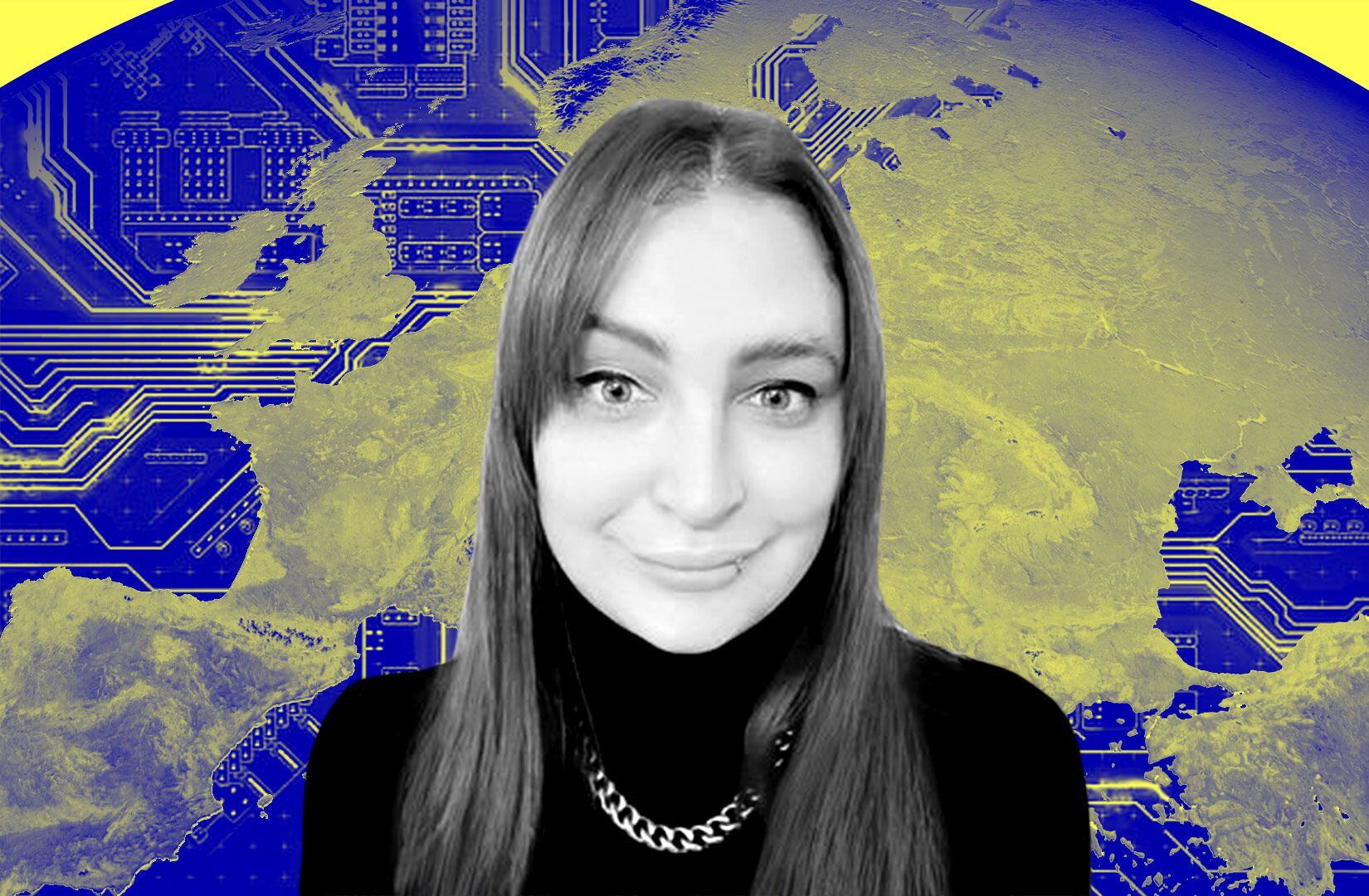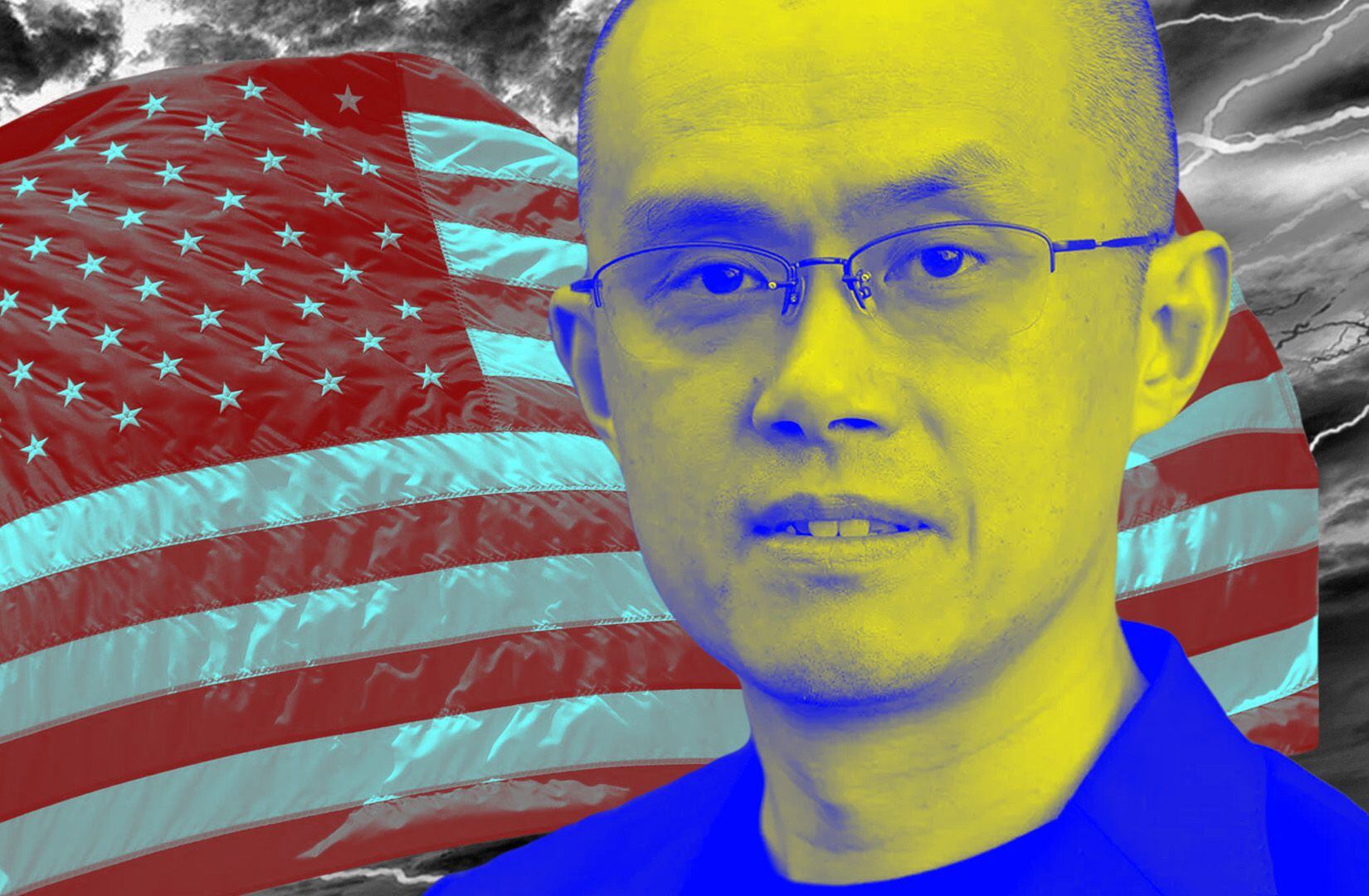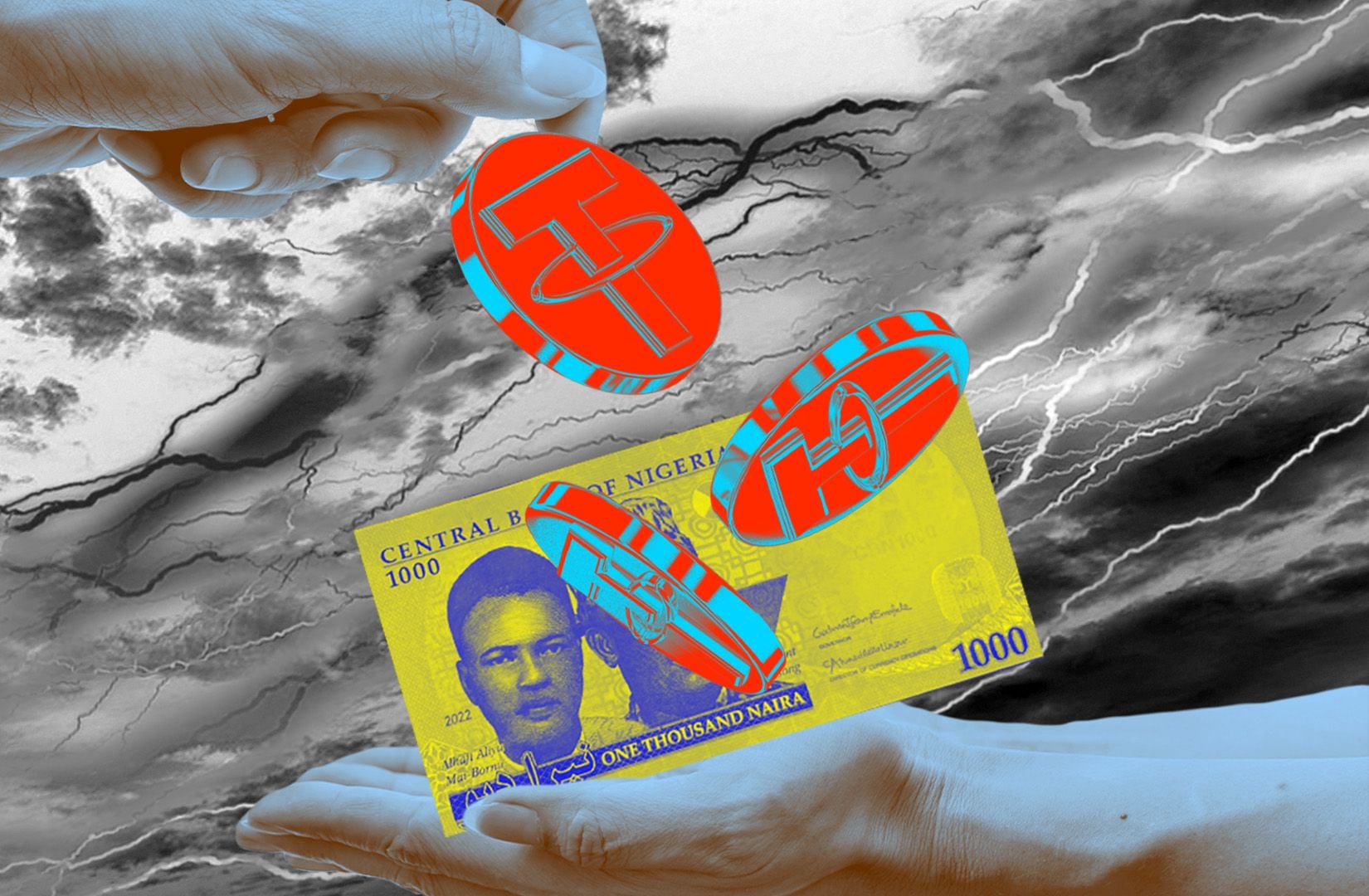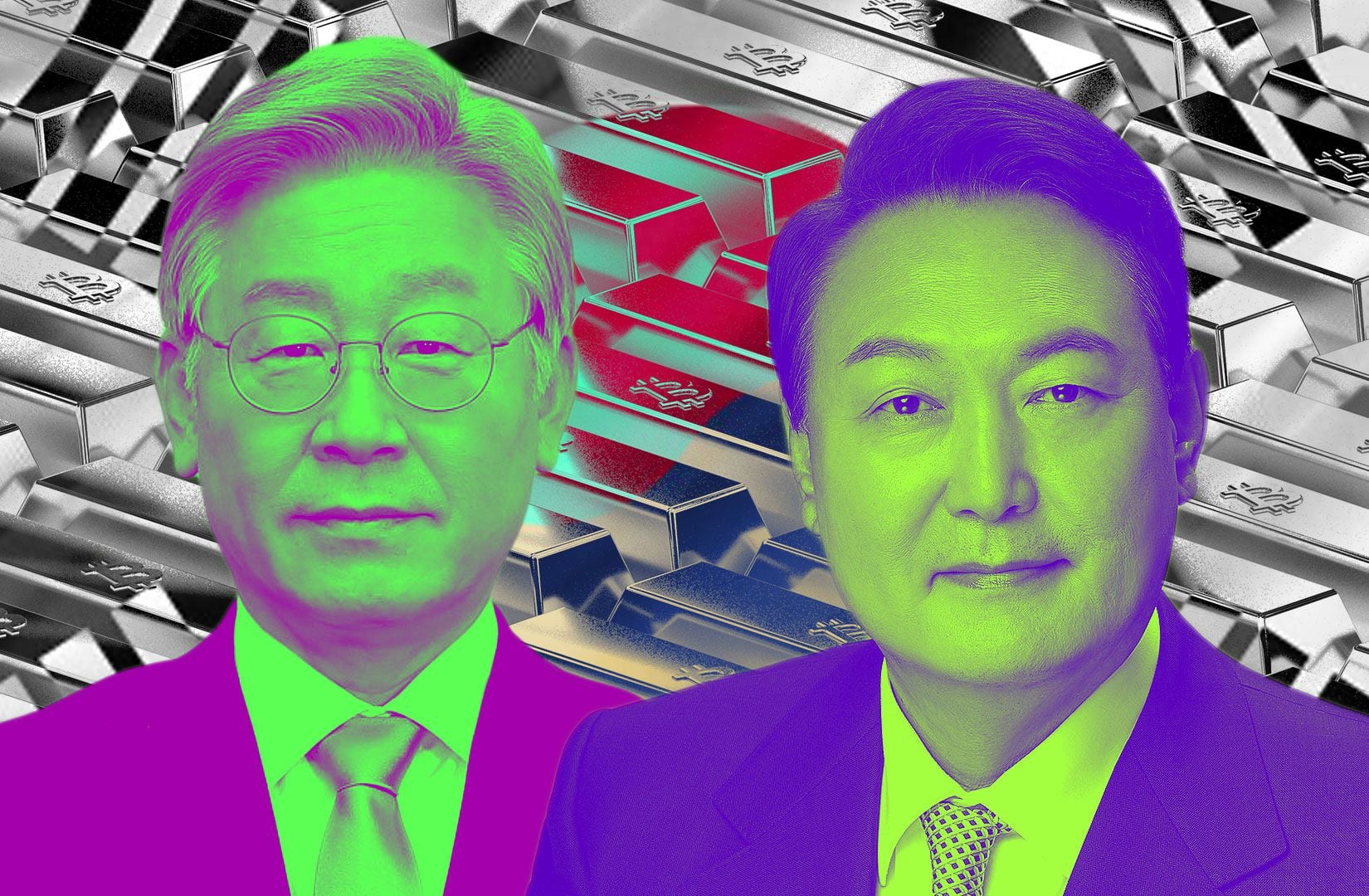A version of this story appeared in our The Guidance newsletter. Sign up here.
Happy Monday, Inbar here.
Brussels officials are recovering from the sleepless nights it took to come to a political agreement on the European Union’s landmark Artificial Intelligence Act earlier this month.
Once the last details are ironed out and it passes final votes, the act is on course to become the world’s first comprehensive regulation for AI.
The neighbouring web3 industry should pay attention.
I spoke to Mariana de la Roche Wills to understand why.
She is on the board of the International Association for Trusted Blockchain Applications, and has researched the intersection of blockchain and AI over the past year to prepare to hand over policy recommendations to lawmakers.
The act aims to ensure fundamental rights are protected when it comes to riskier forms of AI.
“We need more transparency and accountability,” Mariana de la Roche Wills told me.
“Blockchain has certain characteristics that can help us to protect fundamental rights when it comes to AI,” de la Roche Wills said.
Those characteristics include immutability, traceability and transparency inherent in blockchain ledgers.
These are two examples of what blockchain can do for AI:
Improve the trustworthiness of dataEnsure ownership of data.
Let’s start with the trustworthiness part. AI is only as good as the data that goes into it. If it is fed misinformation, it will produce misinformation.
Trash in, trash out.
The immutable nature of blockchain means that data stored on this kind of decentralised ledger can be traced back to the source.
“With blockchain, we actually have all the traceability of the data provenance that is feeding into the algorithms,” de la Roche Wills said.
That can help assess the quality of information.
“So I see a lot of potential in this particular use case, because you could actually solve the issues around the so-called black box.”
In tech parlance, a black box AI refers to a system where input and how it is used isn’t visible to other parties.
When it comes to data ownership, blockchain can be used as a “tool to enhance individuals to recover the ownership of their data and actually decide what happens with that data,” de la Roche Wills said.
Right now when we access digital platforms, systems are poised to collect our data:
“The oil of AI is data. Companies are mining our data and we don’t get anything in return.”
But blockchain can help support incentive schemes that bring data privacy and data ownership back to the individual.
Then, a person can decide which data they share when and with whom.
There are also ways that AI can help blockchain applications.
For example, it can:
Fight crypto crimeProvide perks for automated market makers
“One of the things that AI does really well is the identification of patterns, so AI tools can raise red flags when it detects some movements that are suspicious,” de la Roche Wills said.
There are most likely AI tools like this already in place to analyse data from blockchains and target flows of funds connected to money laundering and terrorism financing.
In the US and in the EU, the use of crypto for illicit funding is taking increasingly centre stage for lawmakers and law enforcement.
For automated market makers, AI can raise the ceiling.
“Normally, you find the right moment to buy and the right moment to sell based on the behaviour of the market, and you analyse a lot of data,” she said.
And AI, of course, can outperform what a human can do.
AI systems can identify the best model moment to exchange different tokens and override human error in automated market makers which allow decentralised crypto trading using liquidity pools.
It also comes with questions about competitive advantage.
When it comes to regulation, Europe is leading the way.
Critics say that Europe’s characteristic jump to regulatate a young sector may drive out innovation and burden tech firms.
But de la Roche Wills said the AI Act is a step in the right direction.
“Regulation creates trust, which then encourages interaction and engagement with the technology, and that pushes adoption which pushes scalability,” she said.
It’s now up to Europe to play its cards right.
Email me inbar@dlnews.com, or reach out on Telegram @inbarpreiss.

























